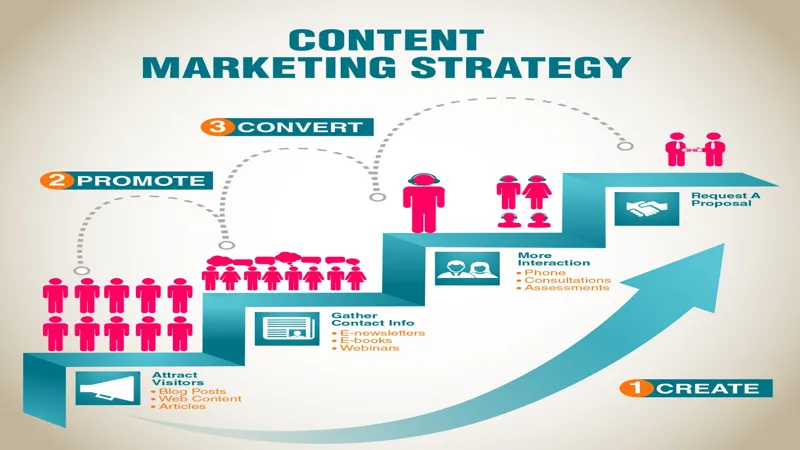In an age where information inundates our daily lives, the ability to discern and engage with key ideas has never been more crucial. As we navigate through an ever-expanding landscape of knowledge, understanding the underlying themes and connections becomes essential for meaningful dialogue and informed decision-making. This exploration seeks to illuminate the complexities of contemporary issues, encouraging a deeper appreciation of the nuances that shape our perspectives. Join us as we delve into the intricate web of ideas, unveiling insights that resonate and inspire thoughtful reflection.
| Category | Details |
|---|---|
| Animal | Elephant |
| Habitat | Grasslands and forests |
| Diet | Herbivore (plants, fruits) |
| Size | Up to 13 feet tall |
| Lifespan | 60-70 years |
| Interesting Fact | They have a strong memory and social bonds. |
Understanding the Basics of Plants
Plants are amazing living things that play an important role in our world. They come in all shapes and sizes, from tiny flowers to giant trees. Plants need sunlight, water, and nutrients from the soil to grow. They use a process called photosynthesis, where they take in sunlight and turn it into food. This is not just food for them; it also produces oxygen, which we need to breathe!
There are many different types of plants, such as flowering plants, ferns, and trees. Each type has unique features that help them survive in their environment. For example, some plants have thick leaves to store water, while others have colorful flowers to attract bees and butterflies. Understanding the basics about plants helps us appreciate nature and the vital role plants play in our ecosystem.
The Importance of Photosynthesis
Photosynthesis is a process that allows plants to make their own food using sunlight, water, and carbon dioxide from the air. During this process, plants convert light energy into chemical energy, which is stored in the form of sugar. This sugar not only feeds the plants but also supports other living creatures, including animals and humans, who depend on plants for food.
Without photosynthesis, our planet would look very different. The oxygen produced during photosynthesis is essential for all animals and humans to breathe. Additionally, many food chains begin with plants, making them a crucial part of our ecosystem. Understanding the importance of photosynthesis helps us recognize how interconnected life is on Earth.
Different Types of Plants Around Us
Plants can be classified into several categories based on their characteristics. The most common types include trees, shrubs, and herbs. Trees are tall and have a strong trunk, while shrubs are shorter and bushy. Herbs are small plants that are often used in cooking, like basil and mint. Each type of plant has its own role in nature and provides different benefits to our environment.
In gardens and parks, you might find colorful flowers like roses and sunflowers. These plants not only beautify our surroundings but also attract pollinators like bees and butterflies. Understanding the different types of plants around us helps us appreciate the diversity of nature and encourages us to take care of our environment.
Plants and Their Role in the Ecosystem
Plants are crucial for maintaining balance in our ecosystem. They provide food and shelter for countless species, including insects, birds, and mammals. Without plants, many animals would have no place to live or eat. Additionally, plants help to clean the air by absorbing carbon dioxide and releasing oxygen, making the atmosphere healthier for all living beings.
Furthermore, plants play a significant role in preventing soil erosion. Their roots help hold the soil in place, which reduces the chances of landslides and flooding. By understanding the role plants play in the ecosystem, we can better appreciate the importance of protecting and preserving our natural environments.
How to Care for Plants
Caring for plants is a rewarding activity that can be done at home or in school. The first step is to choose the right plants for your space, considering factors like sunlight and water needs. Once you have your plants, make sure to water them regularly and provide them with enough sunlight. Each plant has its own care instructions, so it’s important to learn about them!
In addition to watering and sunlight, plants benefit from good soil and occasional fertilization. You can also prune or trim your plants to help them grow better. Taking care of plants teaches responsibility and can be a fun way to learn about nature. Plus, watching your plants grow is a wonderful experience!
Frequently Asked Questions
What is the purpose of this FAQ section?
This FAQ section helps you find quick answers to common questions, making it easier to understand important topics and enhance your knowledge.
How can I improve my learning skills?
To improve learning skills, practice regularly, stay organized, and use techniques like summarizing and teaching others to reinforce understanding.
What resources are available for students?
Students can access online courses, educational websites, and library resources to support their learning and enhance their knowledge.
How can I manage my time effectively?
Effective time management involves creating a schedule, prioritizing tasks, and breaking down larger projects into smaller, manageable steps.
What are some tips for studying effectively?
Effective studying includes setting specific goals, taking regular breaks, using flashcards, and reviewing material consistently to retain information.
How can I stay motivated while learning?
Stay motivated by setting achievable goals, rewarding yourself for progress, and reminding yourself of the importance of your education.
Where can I find additional help if I need it?
If you need extra help, consider reaching out to teachers, tutors, or study groups, and use online forums for additional support.
Summary
The content discusses the importance of understanding and using renewable energy sources like solar, wind, and hydro power. It explains how these energy sources are cleaner and better for the environment compared to fossil fuels. By using renewable energy, we can reduce pollution and help protect our planet. The summary highlights how embracing these energy types not only helps fight climate change but also creates jobs in the green energy sector. Overall, the key takeaway is that switching to renewable energy is essential for a sustainable and healthy future.



